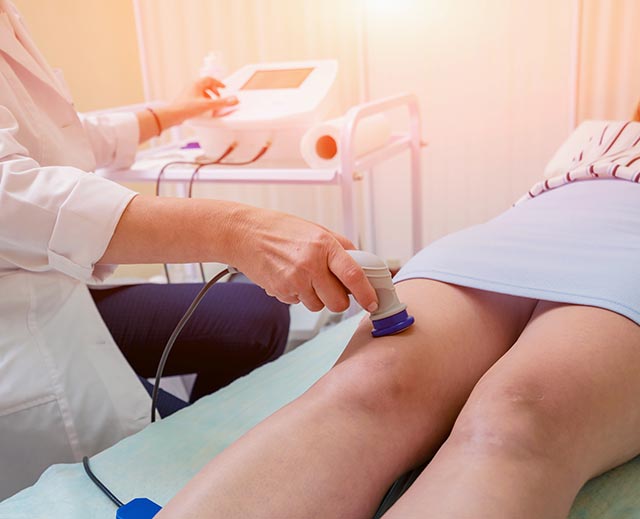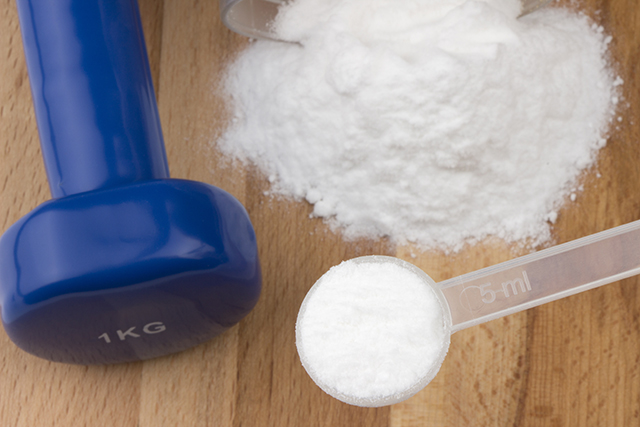Long-term heat therapy increases mitochondrial function in muscles, new study finds
11/20/2018 / By Edsel Cook

Your muscles will greatly benefit from repeated exposure to the stress caused by heat. A group of Utah-based researchers reported that long-term heat therapy will enhance the output of energy-producing mitochondria in the cells that make up muscle tissue, an article in News Wise stated.
The study is the first to ever be conducted with human participants. The researchers believe their findings can open up a new therapeutic approach for patients who suffer from chronic ailments and disorders involving their muscles.
Mitochondria are vital to the health of any organism. These organelles provide most of the energy used by cells to perform almost all bodily functions.
Chronic and serious health conditions can develop if the population of mitochondria goes down, or if the important organelles malfunction and lose some of their efficiency. Some of the possible complications include the likes of chronic obstructive pulmonary disease, heart disease, and Type 2 diabetes.
This decline can be countered by increasing the amount of regular physical exercise. A daily exercise regimen of two hours has been shown to raise the population and efficiency of mitochondria in your body.
Extended bouts of exercise is not an option for patients afflicted with certain chronic diseases. They do not have the time or the physical robustness to exert themselves for long periods every day. (Related: Obese women with PCOS can improve their health by simply soaking in a hot tub.)
Heat therapy can replicate the benefits of physical exercise
A Brigham Young University (BYU) research team looked for an alternative means of increasing mitochondria that did not require extensive exercise. They drew inspiration from existing animal studies on heat therapy.
The earlier research efforts used rodent models to simulate the effects of the therapy on humans. The results indicated that exposure to mild levels of heat could achieve the same mitochondria-boosting effect as physical exercise.
For their new study, the researchers gathered 20 volunteers. Not a single one of the participants had exercised on a regular basis for three months before the human trial.
Each participant underwent two-hour-long sessions of heat therapy every day. The method chosen was shortwave diathermy, which sent pulses of electricity through muscles to increase their temperature.
The thigh muscles of one leg of each participant was increased by 7 F. This temperature was chosen because it matched the heat produced by two hours of actual physical exercise.
The other, untreated legs of the participants served as the control group. The trial period lasted for six days.
During the first day of treatment, researchers counted the number of mitochondria in the muscles of the participants. They re-evaluated the mitochondria population 24 hours after the final treatment.
Frail patients can improve their mitochondria levels through heat therapy
The BYU researchers found that heat treatment increased the functionality of mitochondria in the treated legs by 28 percent. Furthermore, the levels of several proteins associated with the production of the energy organelles rose.
Based on their findings, they believe that long-term heat therapy achieves two effects on mitochondria. First, it improves the efficiency of the existing population of organelles. Second, it encourages muscle cells to produce additional mitochondria, further bolstering the energy output.
The results of the study are very promising for patients who are unable to exercise for a variety of reasons. Heat therapy can be substituted for physical exercise to improve their skeletal muscles.
“Our data provide evidence to support further research into the mechanisms of heat-induced mitochondrial adaptations,” concluded the researchers.
Would you like to read more stories about heat therapy? AlternativeMedicine.news has more articles about the benefits of this treatment.
Sources include:
Tagged Under: exercise, heat therapy, long-term heat therapy, mitochondria, mitochondria energy production, mitochondria replacement, muscle health, muscles, physical exercise



















